
Tell your friends about this item:
Uluru
Charles River Editors
Uluru
Charles River Editors
*Includes pictures
*Includes a bibliography for further reading
The magnificent monolith the locals call "Uluru," situated in the heart of Australia, hovers over a patchy bed of desert poplars and spinifex grasslands. The pleasant, but otherwise unexceptional surroundings of the spellbinding sandstone landform only further accentuates its majesty, one that can be appreciated from a variety of angles. To lime-colored budgerigars, mighty brown falcons, passengers in planes and helicopters, and other creatures blessed with the gift of flight, the free-form rock is reminiscent of the fossil of a spiky fish, a misshapen arrowhead, or perhaps a peculiar, ocher-tinged seashell peeking out of the sand. To those gazing upon the natural gem on solid ground, the flat-topped, burnt sienna beauty, marked with character-forming dimples, ripples, and ridges, looks more like a sleeping, thousand-year-old turtle, particularly through squinted eyes.
Its striking appearance aside, Uluru, also known as "Ayers Rock," is far more than an unmissable landmark. Uluru represents an inimitable symbol of life and culture, and a place of worship sacred to the region's aboriginal inhabitants. Given the long and riveting history attached to this hallowed rock, the aura of mysticality and mystery that clings to Uluru should come as no surprise. Not only does the rock's flaky surface change color throughout the day - going from a deep violet with hints of gray to a light lilac, to a fiery orange-red during sunrise, and from its usual apricot-gold to a faded orange, to a dreamy purplish-pink at dusk - Uluru, they say, is an endless source of inexplicable happenings and paranormal occurrences.
Although the natives have spared no effort in underscoring the rock's spiritual and cultural significance to the Aborigines, their pleas for visitors to respect the rock have been repeatedly ignored. Indeed, the lack of courtesy displayed towards Uluru has heightened in recent years, and the land's inhabitants have been forced to navigate the so-called age of the "social media influencer." Thousands of tourists swarm the rock every year, sticking their head through aboriginal spy holes and modeling pretentious yoga poses with captions to match. Perhaps most notoriously, a 25-year-old French-born exotic dancer named Alizee Sery angered netizens around the globe in 2010 when she hiked up to the top of Uluru and stripped down to nothing but an Akubra cattleman hat, bikini bottoms, and white go-go boots. Sery spoke to various news outlets shortly thereafter and defended the strip tease, filmed for a documentary, which she claimed was meant as an homage to the indigenous peoples. According to Sery's partially paternalistic explanation, "'My project is a tribute to the greatness of the rock. What we need to remember is that traditionally, the Aboriginal people were living naked. So stripping down was a return to what it was like." Aboriginal elders, on the other hand, branded the attention-seeking stunt "stupid" and compared it to relieving oneself on the Vatican steps. As Kon Vatskalis, Minister of the Northern Territory Government, put it, "How would... French people feel if an Australian danced semi-naked on the altar of the Notre Dame?"
Uluru: The History and Legacy of the Australian Landmark Considered Sacred by the Local Aborigines examines the geological origins of the famous rock, its most interesting characteristics, and its history. Along with pictures depicting important people, places, and events, you will learn about Uluru like never before.
| Media | Books Paperback Book (Book with soft cover and glued back) |
| Released | September 10, 2019 |
| ISBN13 | 9781692286385 |
| Publishers | INDEPENDENTLY PUBLISHED |
| Pages | 90 |
| Dimensions | 216 × 280 × 5 mm · 231 g |
| Language | English |
More by Charles River Editors
Others have also bought
See all of Charles River Editors ( e.g. Paperback Book and Book )


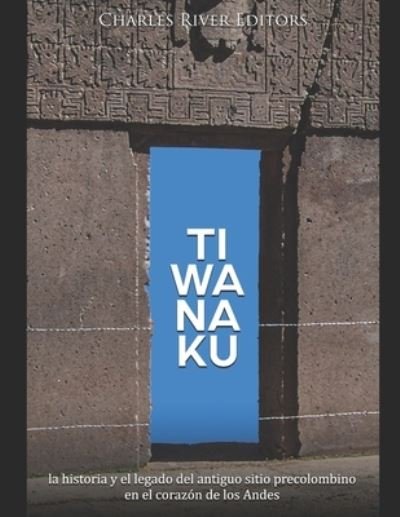


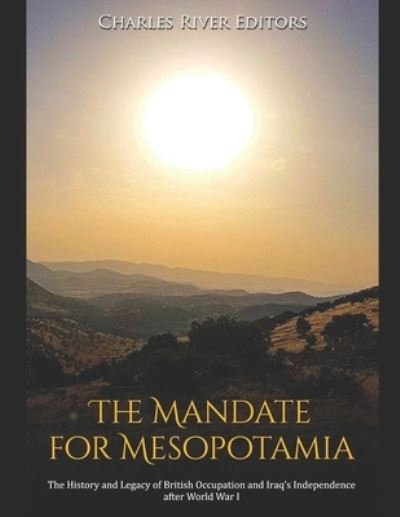














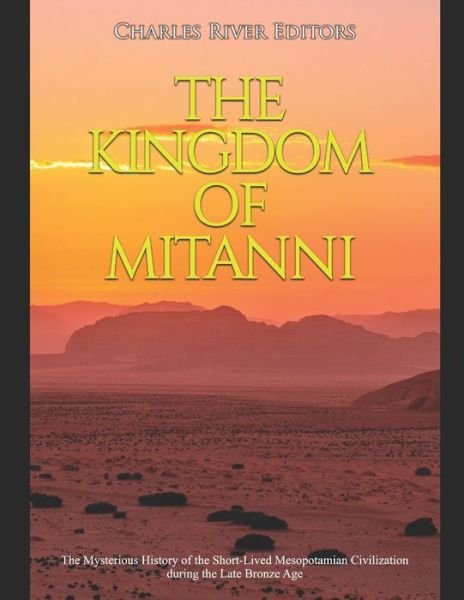
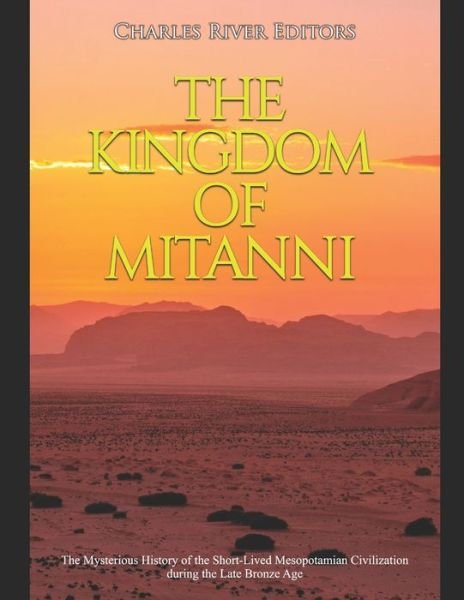














![Cover for Charles Dickens · Den hjemsøgte mand og åndens tilbud (Nyillustreret) (Bound Book) [1st edition] (2022)](https://imusic.b-cdn.net/images/item/original/123/9788772048123.jpg?charles-dickens-2022-den-hjemsoegte-mand-og-aandens-tilbud-nyillustreret-bound-book&class=scaled&v=1654049104)
![Cover for Linda Lehun · Musikbogen (Paperback Book) [1st edition] (2016)](https://imusic.b-cdn.net/images/item/original/063/9788759891063.jpg?linda-lehun-2016-musikbogen-paperback-book&class=scaled&v=1486719785)
![Cover for Dian Hanson · The New Erotic Photography - Bibliotheca Universalis (Hardcover Book) [Multilingual edition] (2017)](https://imusic.b-cdn.net/images/item/original/715/9783836526715.jpg?dian-hanson-2017-the-new-erotic-photography-bibliotheca-universalis-hardcover-book&class=scaled&v=1490369714)





![Cover for Jesper Wung-Sung · To ryk og en aflevering (Sewn Spine Book) [3rd edition] (2009)](https://imusic.b-cdn.net/images/item/original/996/9788763811996.jpg?jesper-wung-sung-2009-to-ryk-og-en-aflevering-sewn-spine-book&class=scaled&v=1341784896)

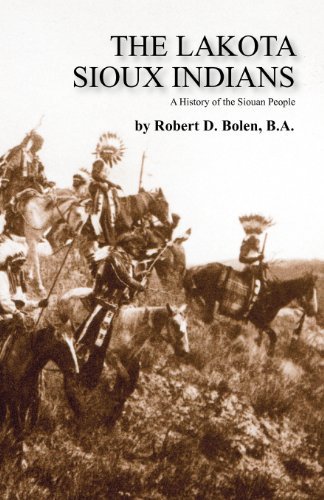

![Cover for Claus Drengsted-Nielsen · Lille dansk grammatik (Sewn Spine Book) [1st edition] (2016)](https://imusic.b-cdn.net/images/item/original/692/9788702194692.jpg?claus-drengsted-nielsen-2016-lille-dansk-grammatik-sewn-spine-book&class=scaled&v=1499896829)
